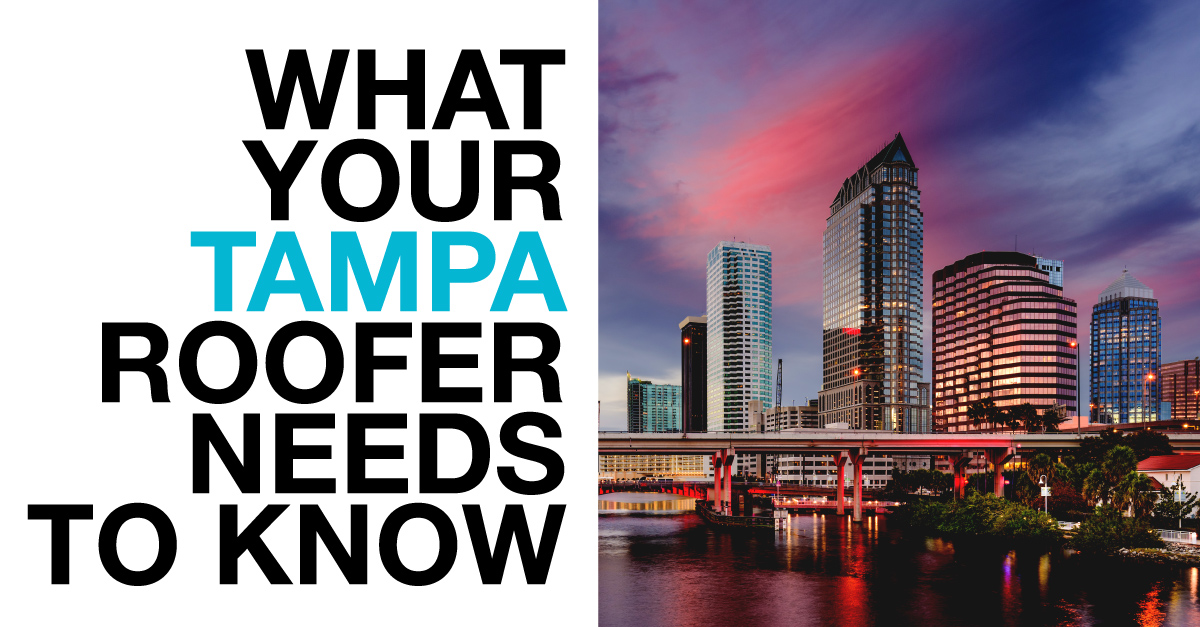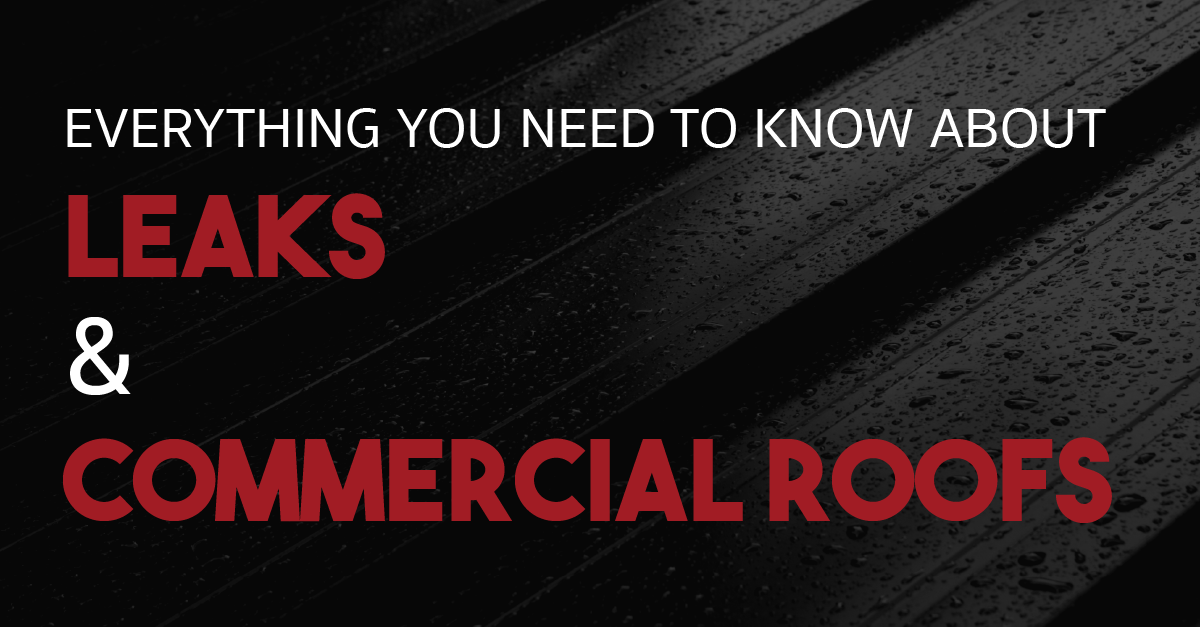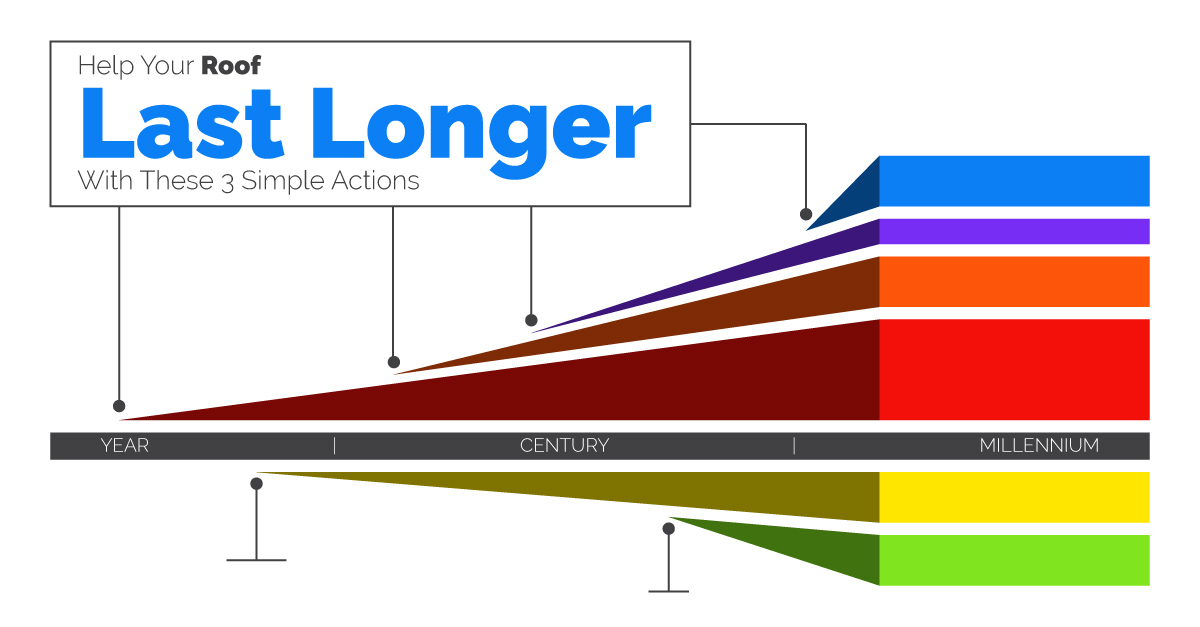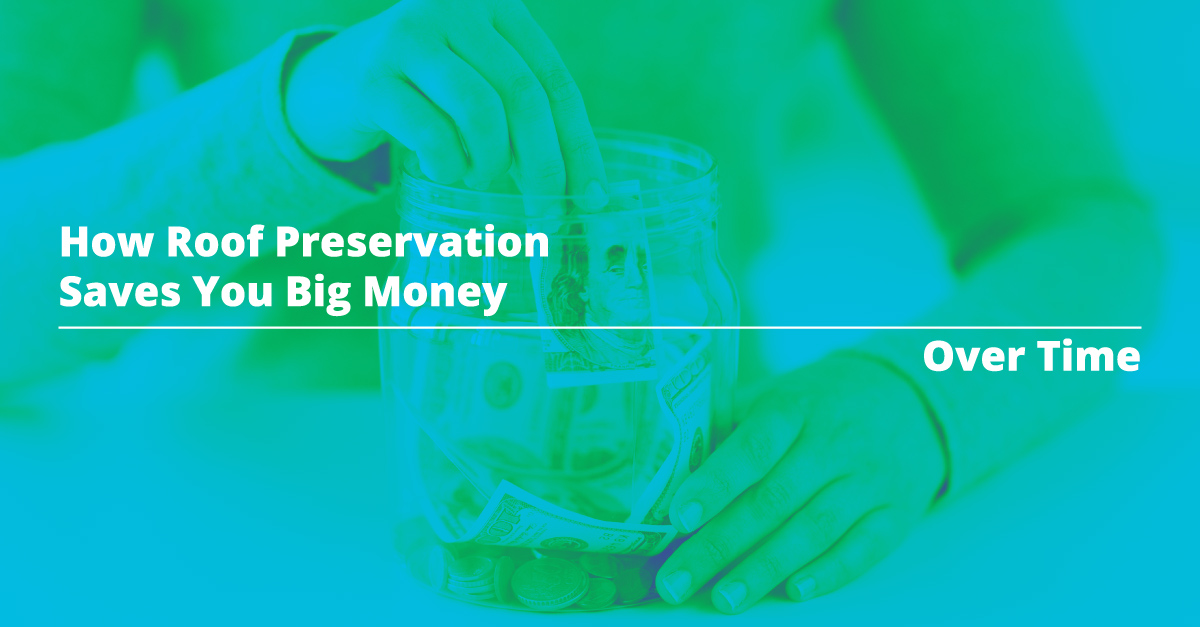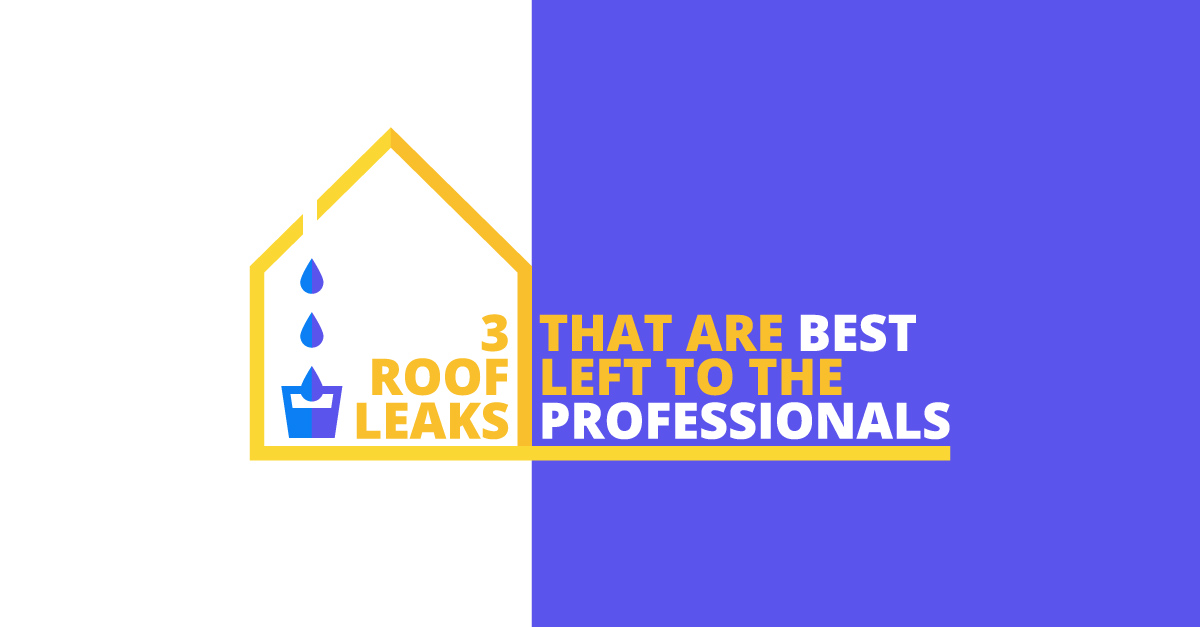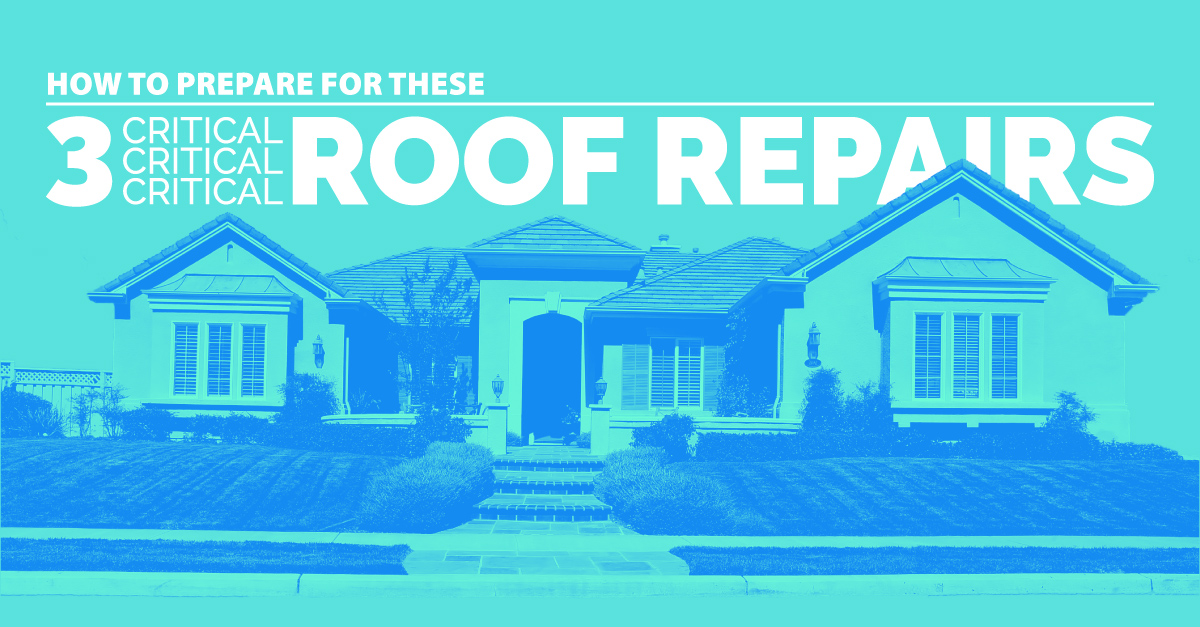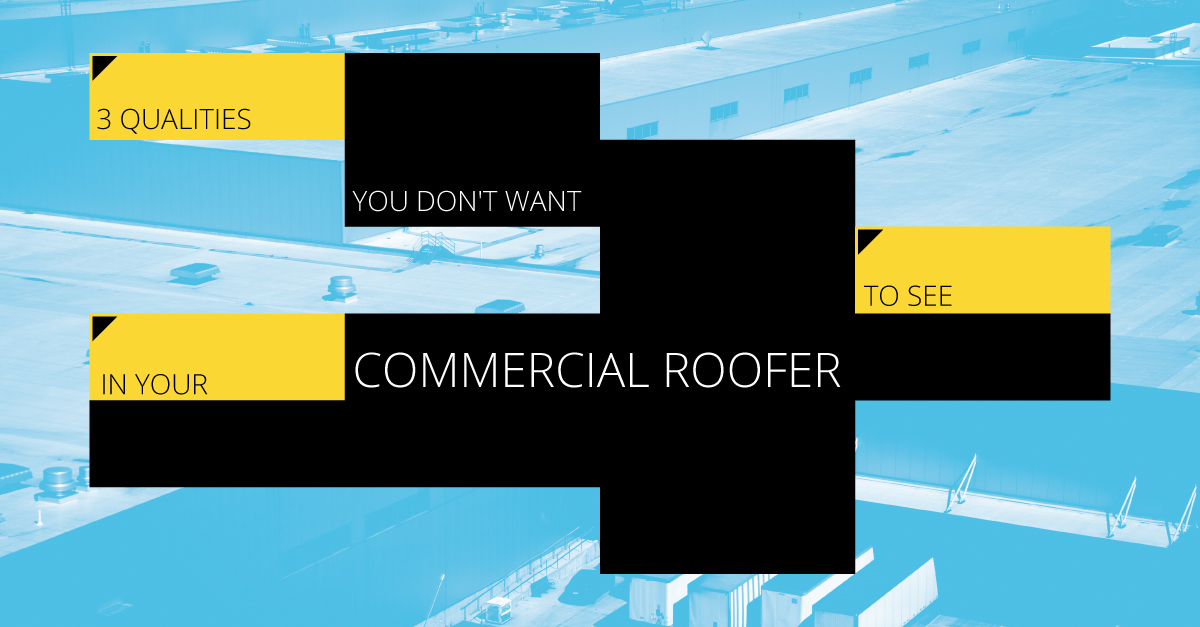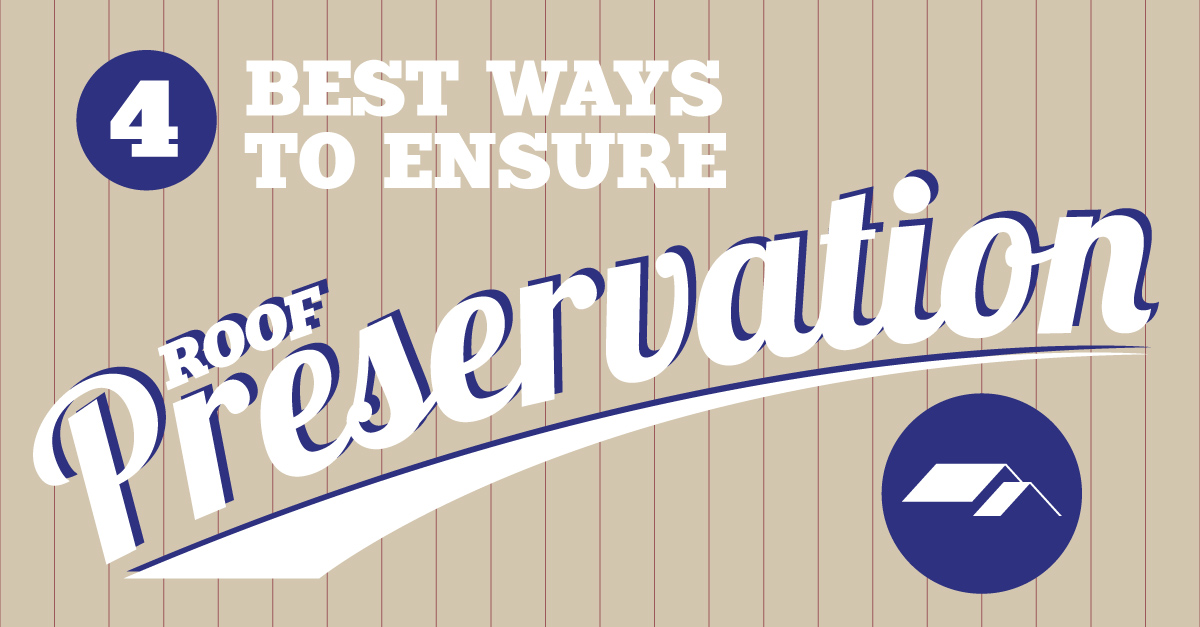Here on Florida’s west coast, our extreme weather can include blistering heat, high humidity, hail, hurricane-force winds and torrential rains. Our volatile climate makes it essential to keep the roof on your commercial building in the best possible condition, and this is easier to accomplish with the help of a knowledgeable local roofer. A Tampa commercial roofer knows that helping your roof reach its full lifespan requires a multi-prong approach that includes:
- Regular, in-depth inspections
- Planned routine maintenance
- Timely repairs
- Effective preservation efforts
How Your Contractor’s Local Knowledge Impacts Your Roof
You may not realize that your contractor’s experience with the nuances of our local climate directly affects the performance of your commercial roof in a variety of ways. Here’s a look at how local expertise relates to different roofing issues and how it can improve your ability to protect and maximize the value of this costly asset:
- UV degradation. A knowledgeable contractor understands how Tampa’s brutal sun speeds up the chemical breakdown of different roofing materials, and can advise you about effective solutions to minimize the deterioration, such as applying a highly-reflective coating.
- Wind damage. The high winds we sometimes experience can cause billowing or tearing of a roof membrane, so a skilled roofer makes checking the condition of flashings and mechanical fasteners a priority during routine and post-storm inspections.
- Water damage. Leaks that occur during and after a heavy rain can cause structural deterioration of your roof and building, facilitate mold growth, damage interior finishes or ruin contents like equipment and inventory. An experienced Tampa roofer knows how to limit potential damage by ensuring that the drainage system is fully functional, addressing issues with ponding, and identifying problem areas and then analyzing the roof so sound repairs can be made using the correct materials and techniques.
- Age-related wear. A Tampa commercial roofer can advise you on how to extend the life of your roof as it ages with effective preservation methods like applying a waterproof coating. When the time comes for a replacement, a local roofer not only knows how to meet all necessary code requirements, they can also offer recommendations on the best material choice for our climate – such as a single-ply TPO membrane that saves energy by reflecting the sun’s rays and resists premature aging from high temperatures and UV degradation.
Contact us today at Aderhold Roofing for local expertise on your Tampa commercial roofing needs.

